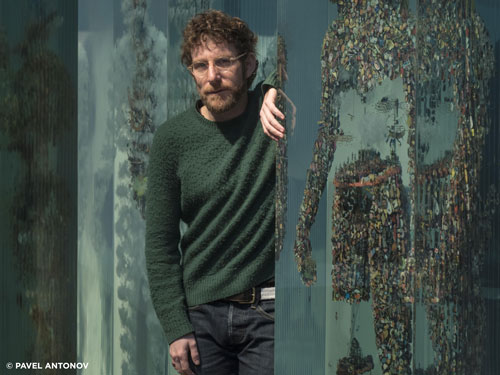
“パイオニア作品は、すべてのインスタンスで「プロセスの博物館」です。交換と生産を前提としている場所, そして、だけではない消費や分布に。” – ダスティン・イェリン
パイオニアは、探検家です, イノベーター, 何か新しいことを始めるために努力起業家やアーティスト. ダスティン・イェリンはパイオニアです. 彼の研究所, パイオニアワークス, ブルックリンのレッドフックセクションで, ニューヨーク, 近代的な学際的な文化の中心地がどうあるべきかの活気に満ちた化身であります. Yellin combines the arts and sciences along with other disciplines such as tech, cuisine, and horticulture to create “an open and inspired world” – a venue that exposes its visitors to the latest knowledge and thought leadership on universal challenges such as the climate crisis and the impact of artificial intelligence on humanity. The learning experience is “predicated on exchange and production, 彼は彼のイメージの豊富な彫刻のためであるとしていないだけでは消費や分布に。」イェリンパイオニアは、同様に彼の現代的なイノベーションハブのために知られています.
教育のためのグローバル検索 ダスティン・イェリンを歓迎して喜んでいました, A 2019 トライベッカ破壊的イノベーションアワード受賞者, 彼の画期的な仕事について話をすると、私たちのそれぞれは、より良い未来を作成する方法.
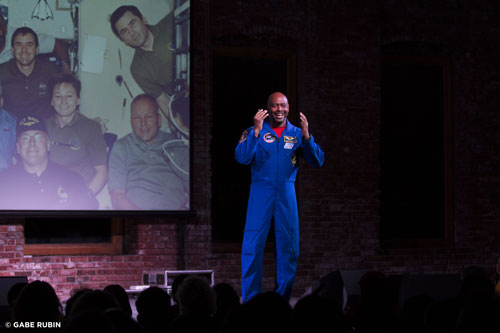
“流星は、恐竜を殺しながら、, 気候変動は我々の実存的な脅威です。” – ダスティン・イェリン
How do you create the incredible sculptural pieces for which you have become so well known – can you share the process you use as an artist?
Conceptually, I follow Louis Sullivan and “remember the seed-germ.” An idea gets planted, you water it, nurture it, and just let it grow, organically, on its own terms. On a technical level, we have a well-established production line in the studio ranging from artists who diligently cut found images from magazines to painters who ink the glass to crafts persons who build jigs and pour the molds that hold it altogether. Said in another way, it’s like a renaissance studio except that instead of having people who draw, 言う, hands and faces, we have mad-scientist bricoleurs who glue animal heads on human bodies, およびその逆. Returning to the biological model, it’s like evolution: small things combine into more complex entities and mutate over time. 同様に, I see the works on a genetic level wherein each piece has its own DNA, yet they all follow a system and network which can be mapped into.
As a celebrated artist yourself, what career advice would you give to your younger self?
To “get serious”!
“As for the A in STEM, I find it funny that “arts” are somehow mentioned off-hand as an afterthought, or something you can just sprinkle on the top.” – ダスティン・イェリン
Museums and cultural centers need to innovate in order to successfully navigate the rapidly changing landscape of the 21st century. Give me your favorite examples of how you’ve been doing this at PW.
何よりもまず, we are not a museum. PW is an institute that combines the arts and sciences as well as other disciplines such as tech, cuisine, and even horticulture. While our programming includes a variegated panoply of curated visual arts and science exhibitions as well as music and dance performances, public events and lectures, we also have studios where thinkers from all fields work on independent projects. I stress this latter activity as Pioneer Works is in all instances a “museum of process.” A place that is predicated on exchange and production, and not on consumption or distribution alone.
蒸気 – You’ve started a movement – what important lessons have you learned from your multi-disciplinary approach?
見て. 流星は、恐竜を殺しながら、, climate change is our existential threat. Considering that human impact made this problem, we have become the meteor. Thing is, it hasn’t struck yet; we have about 12-years left to skew this course. While industry now makes many poisons, a cure can only be found by greater invention, and this has to be scaled. As for the A in STEM, I find it funny that “arts” are somehow mentioned off-hand as an afterthought, or something you can just sprinkle on the top. Expanding the arts to mean the humanities, or the liberal arts, these fields only birthed philosophy, 法則, 政府, 経済, 宗教, you know “small stuff” — in fact, last time I checked, most of the “sciences” as we know them today grew out of philosophy from Hobbs and Bacon to Descartes and Pascal, など. The idea that there are knowledge hierarchies is what has led to the silo-ing of thought, そして社会的に, it’s just divisive. The positive thing about putting the arts with the sciences is that they present compound lenses to play off each other so as to think past blindsides like false positives, biases, など. But on the negative, you just simply can’t make thinking instrumental…ideas just want to be free, but they want to inform and rebound off each other. Through these dialogs, we can build not a better, but a greater future.
“The positive thing about putting the arts with the sciences is that they present compound lenses to play off each other so as to think past blindsides like false positives, biases, その他” – ダスティン・イェリン
AI continues to change the way we live and the way we create – what do you see as the positives and the negatives of our new technologies? How will they impact the future of art?
Folding back on the above, bias, false positives, and unforeseen consequences are the biggest issues with AI. While killer robots or a networked washing machine that falls in love with a networked toaster and forgets to drain might happen, data discrimination is a reality today that needs to be attended to – just like issues of surveillance, アクセス, など. 再び, these are social concerns; what kind of ethics, rules, 手続き, and moreover protections should these technologies bare. You can’t just drive a Ferrari as fast as you can, whenever you can, and as drunk as you can. The positive thing will be how we come together as people to have a sober discussion on the pros and cons of AI, and figure out a way to organize it in the most equitable way possible.
Can you share your favorite ‘Coming Soon from Pioneer Works’ story with us?
That’s like picking a favorite child; just come by, share a coffee, and play with everyone.
私たちにありがとう 800 プラス グローバル貢献, 教師, 起業家, 研究者, ビジネスリーダー, 学習の未来とのあなたの視点を共有するためのすべてのドメインからの学生と思想的指導者 教育のためのグローバル検索 毎月.
C言語. M. ルービン (キャシー) CMRubinWorldの創設者であります, オンライン出版社は、世界的な学習や惑星教室の共同創設者の将来に焦点を当てました. 彼女は3ベストセラー本や2つの広く読まオンラインシリーズの著者であります. ルービンは、受信しました 3 「教育のためのグローバル検索」のアプトン・シンクレア賞. に発売されたすべての学習者のために提唱シリーズ 2010 そして国が直面している重要な教育問題を探求するために世界中から著名な思想的指導者を結集.
Cに従ってください. M. Twitterでルビン: www.twitter.com/@cmrubinworld



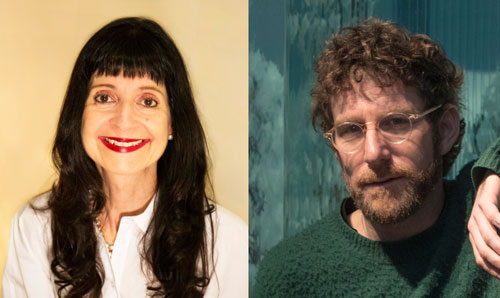
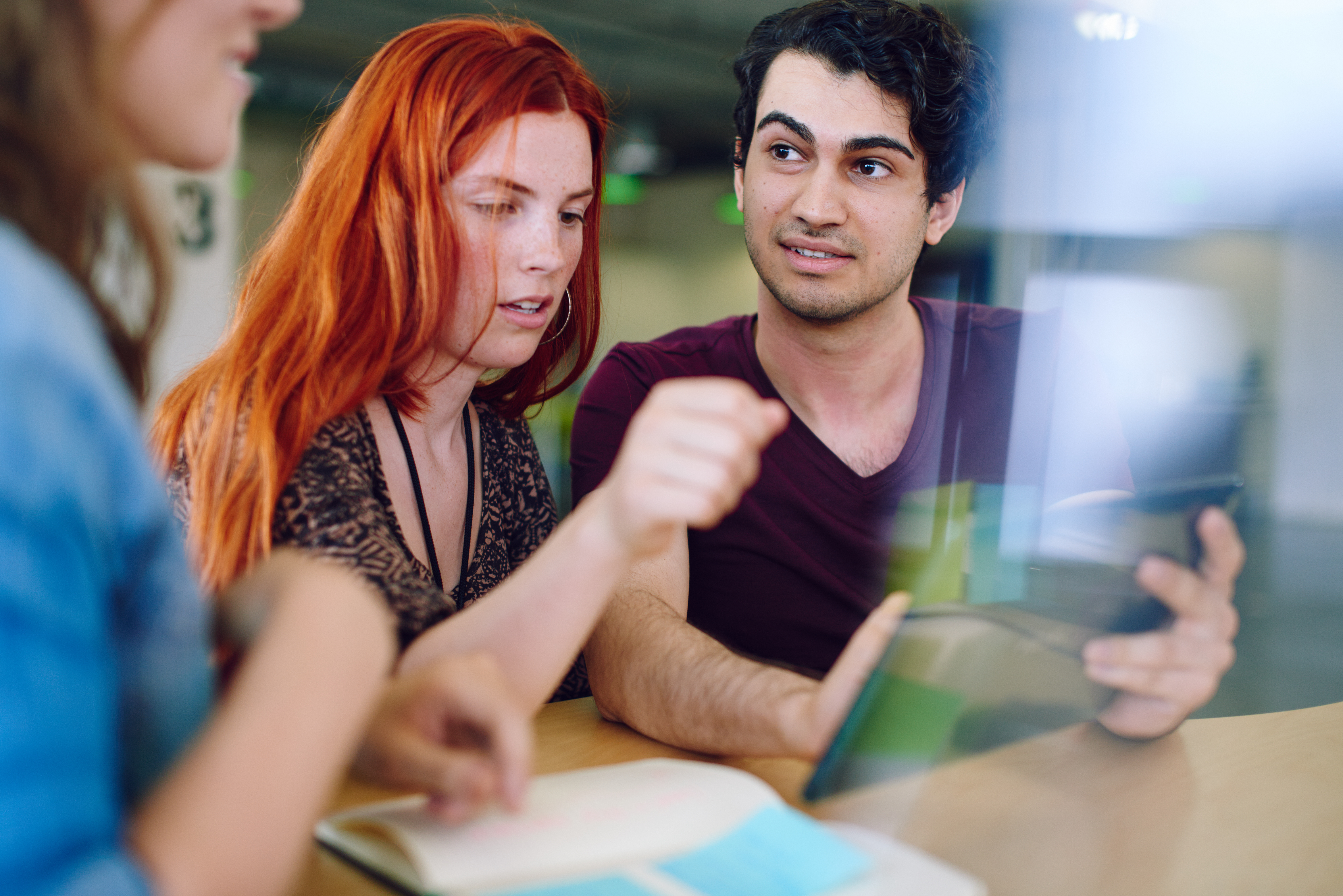
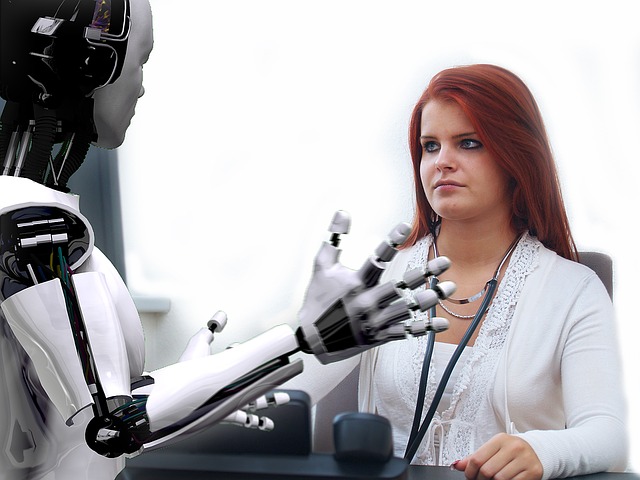
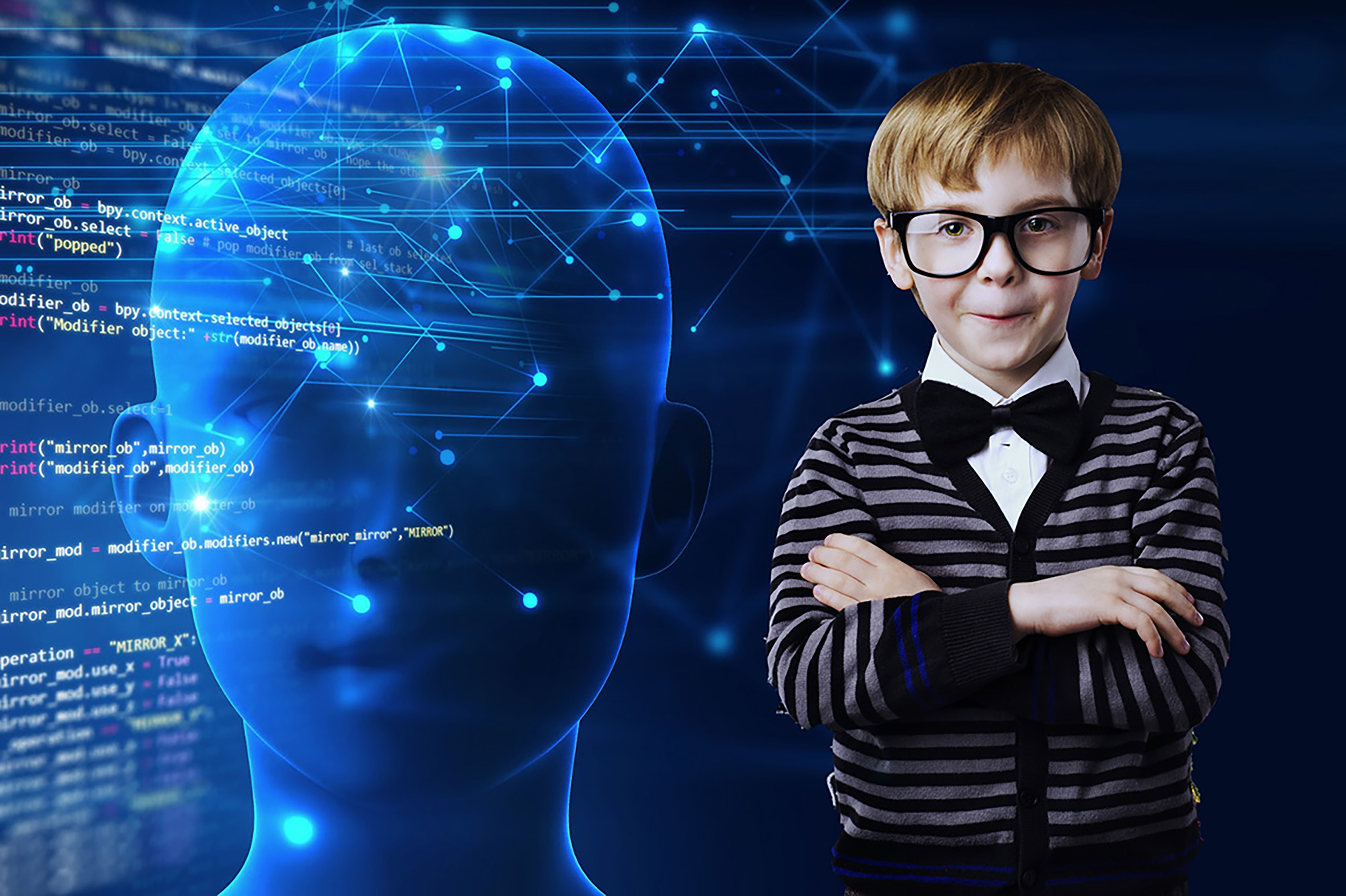
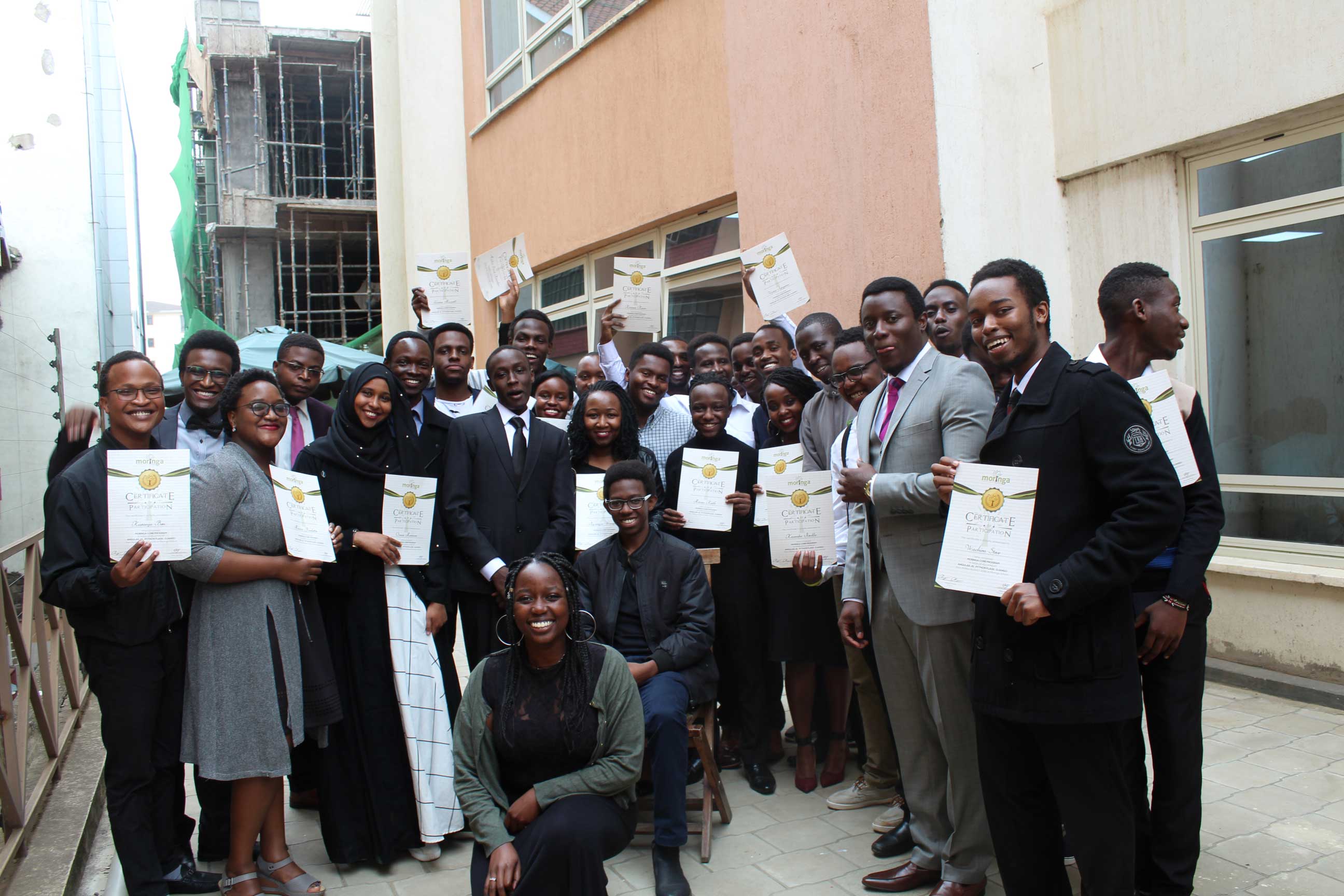
最近のコメント